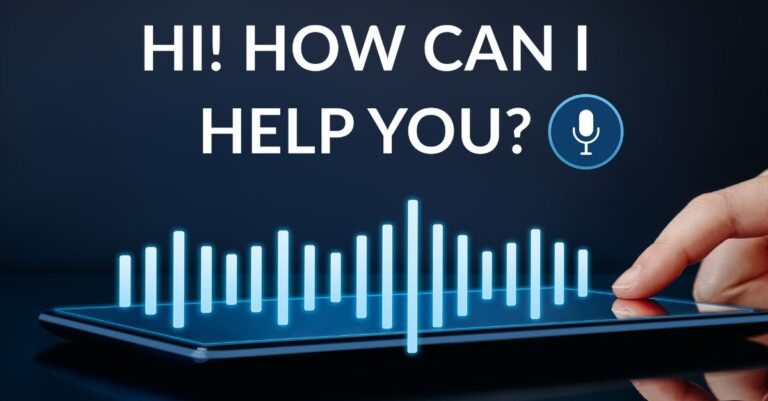Observe.AI, a prominent player in AI-driven conversational intelligence, recently unveiled its latest innovation: VoiceAI agents. This new offering is set to transform customer service operations by automating routine interactions, enhancing the overall customer experience, and reducing operational costs. With the launch of VoiceAI agents, Observe.AI further strengthens its reputation as a provider of end-to-end AI-powered solutions for the entire customer journey.
How VoiceAI Agents Streamline Customer Interactions with Realistic AI Voices
Observe.AI’s VoiceAI agents are designed to handle a wide array of customer queries, from straightforward FAQs to more complex, multi-step interactions. Leveraging a combination of proprietary AI models and collaborations with leading AI developers such as OpenAI and Anthropic, these agents are adept at managing intricate customer dialogues efficiently. Swapnil Jain, CEO and co-founder of Observe.AI, highlighted the capability of VoiceAI agents to undertake basic yet labor-intensive tasks like checking account balances or resetting passwords functions traditionally managed by human agents. This shift not only enhances efficiency but also reallocates human resources to more complex customer issues, optimizing overall operations.
Specialized AI Tools for Enhanced Call Center Efficiency
Observe.AI’s VoiceAI agents stand out by offering a specialized, easy-to-integrate solution specifically for contact centers. The platform incorporates Automatic Speech Recognition (ASR), Text-to-Speech (TTS), and expertly tuned AI models for critical tasks such as number detection and interruption management, which are essential in customer service settings. These technologies enable the VoiceAI agents to detect when a customer has finished speaking, addressing a common challenge in automated service interactions and ensuring conversations flow smoothly and naturally.
Effortless Integration of VoiceAI Agents with Enterprise Systems
Integration of Observe.AIs platform with over 250 existing enterprise systems, including major CRM and workforce management tools like Salesforce, Zendesk, and ServiceNow, is seamless. This compatibility allows for the rapid deployment of VoiceAI agents, significantly reducing setup time and costs. Swapnil Jain notes that these AI agents can become operational in as little as one week, marking a significant improvement over the months often required for deploying similar AI solutions.
VoiceAI’s Data Privacy, Compliance, and Security Capabilities
In the realm of customer interactions, security is of utmost importance. Observe.AI meets this challenge by adhering to rigorous security protocols, including GDPR, HIPAA, HITRUST, SOC2, and ISO27001. The platform uses conventional authentication methods and features data redaction capabilities to eliminate personally identifiable information before storage, ensuring both compliance and security.
Reduce Contact Center Costs with Task-Based VoiceAI Pricing
Observe.AI adopts a pricing model based on completed tasks rather than per-minute charges, offering a cost-effective alternative for businesses. According to Jain, companies can achieve cost reductions of 70-80% on customer service operations by implementing VoiceAI agents, compared to traditional human-operated services.
VoiceAI Success Stories: Enterprise-Grade Performance Metrics
Early adopters of Observe.AIs VoiceAI agents have reported substantial improvements in service efficiency and quality. Emmanual Noyola, Director of Patient Services at Affordable Care, observed a 95% containment rate with their VoiceAI agent, enabling the human customer service team to focus on more complex issues. This high level of performance is maintained through continuous monitoring and refinement of the AI conversations by the Observe.AI platform.
The Future of Autonomous Contact Centers with VoiceAI Agents
The deployment of VoiceAI agents by Observe.AI represents a significant step towards the future vision of autonomous contact centers. As AI technology continues to evolve, Observe.AI is committed to integrating automation with human expertise to deliver a seamless and efficient customer service experience across all interaction points. With its comprehensive suite of tools and focus on specialized, integrated solutions, Observe.AI is well-positioned to reshape the landscape of customer service automation, ensuring high-quality interactions and operational efficiency in contact centers globally.
With the integration of advanced AI capabilities and a focus on user-friendly, secure, and efficient solutions, Observe.AIs latest innovation is poised to revolutionize customer service operations by enhancing the quality of customer interactions and dramatically reducing operational costs.



























